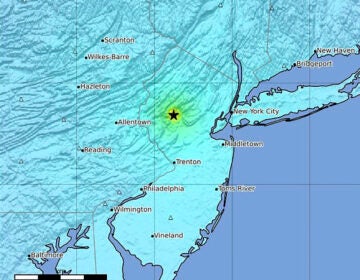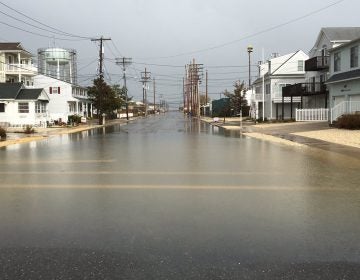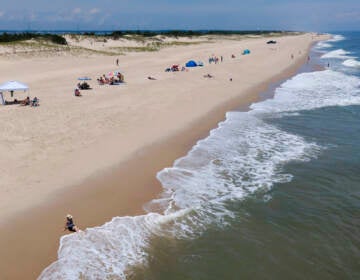Oh dear: Photos show what humans have done to the planet
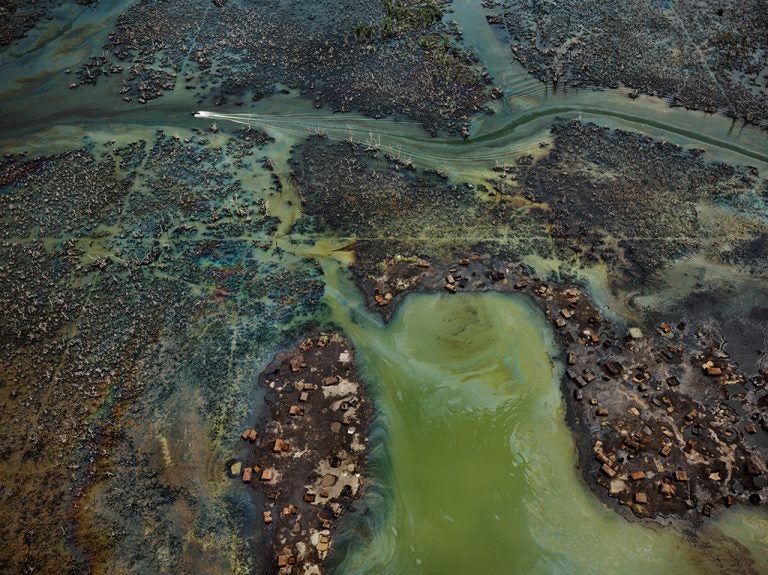
In Nigeria's oil-rich Niger Delta, oil bunkering — the practice of siphoning oil from pipelines — has transformed parts of the once-thriving delta ecosystem into an ecological dead zone, according to the U.N. Environment Programme. (Edward Burtynsky, courtesy Robert Koch Gallery, San Francisco / Nicholas Metivier Gallery, Toronto)
Humans have made an indelible mark on the planet. Since the mid-20th century, we’ve accelerated the digging of mines, construction of dams, expansion of cities and clearing of forests for agriculture — activity that will be visible in the geological record for eons to come.

Some scientists are calling it the Anthropocene era, or the age of the humans (“anthropos” is Greek for human).
Photographer Edward Burtynsky and filmmakers Jennifer Baichwal and Nicholas de Pencier were inspired by this ongoing discussion of the debate over this new geological era. These three Canadian artists traveled to 22 countries to research and document “places of obvious, physical human incursions on the landscape,” says filmmaker de Pencier.

(Edward Burtynsky, courtesy Robert Koch Gallery, San Francisco / Nicholas Metivier Gallery, Toronto)
They created over 50 images capturing the impact of humans on the Earth, like a sprawling, 30-acre garbage dump in Kenya, large swaths of deforestation in Borneo and waterways damaged by oil siphoning in Nigeria.
Their expansive, multidisciplinary body of work is called The Anthropocene Project.
The project, which includes photography, film, virtual reality and augmented reality, took four years to complete and launched in September 2018. The exhibition is currently on display at the Fondazione MAST Museum in Bologna, Italy. And their film will be shown in the U.S. this fall.
“[The Anthropocene Project] is almost looking back from a projected future, from the future geologist investigating what will remain in the rock record long after we’re gone,” de Pencier adds.
Here is a selection of photographs from the project.



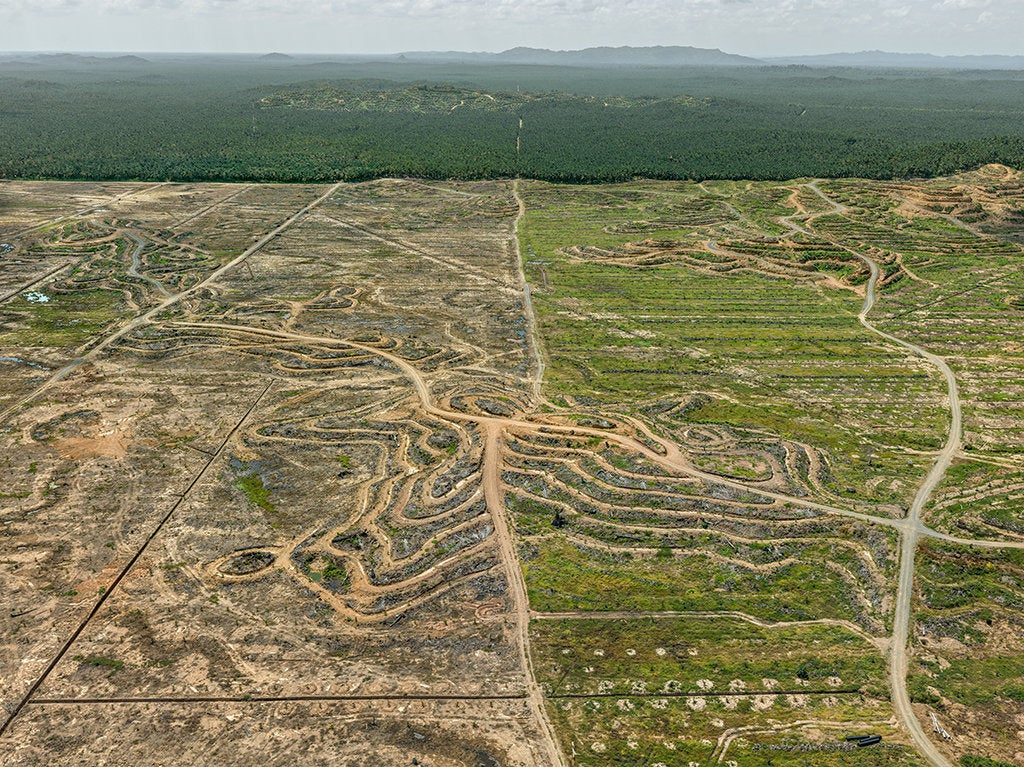
Jonathan Lambert is a freelance science journalist based in Washington, D.C. You can follow him on Twitter: @evolambert. Rebecca Ellis is a Kroc Fellow with NPR.
9(MDAzMzI1ODY3MDEyMzkzOTE3NjIxNDg3MQ001))


